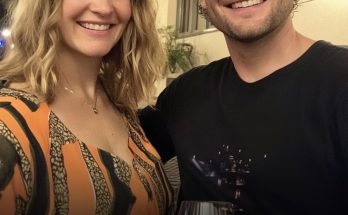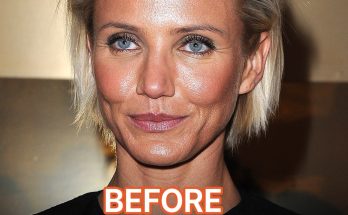Have you ever found yourself admiring a stunning outfit on a model, only to feel underwhelmed when you try it on yourself? You’re not alone in this experience. It’s a common frustration, but there’s no need to worry. The truth is, many factors influence how clothing looks on you versus how it appears on a model. Understanding these differences can help you embrace your unique style and make outfits work for your body.

One major reason clothing may look different on you is weight and body shape differences. Models are often selected specifically for their proportions, which designers aim to highlight. These proportions may not match yours—and that’s perfectly fine. Your body is uniquely yours, and it’s important to recognize that what flatters a model might need adjustments to suit your shape. For instance, a flowing dress that drapes effortlessly on a tall, slender model might hug curves more tightly on someone with a fuller figure. Instead of feeling discouraged, you can focus on tailoring or choosing styles that complement your specific features. Simple alterations, like adjusting the waist or hem, can make an outfit look like it was made just for you.
Another factor is body proportions and posture. Even beyond weight, the length of your torso, your leg proportions, or the width of your shoulders can significantly impact how clothing fits. Models are trained to pose in ways that showcase the best aspects of their outfits. A slight tilt of the hips or a straightened posture can make a huge difference in how the garment looks. When you try on clothing, experimenting with your stance or posture can help you achieve a more flattering look. Additionally, investing in small alterations to adjust the fit of a garment to your proportions can make a world of difference.
Personal temperament and confidence also play a significant role in how clothing looks. Models exude a certain confidence when wearing outfits, and this attitude makes the clothing appear even more appealing. How you carry yourself has a huge impact on how an outfit is perceived. If you feel unsure or uncomfortable in what you’re wearing, it’s likely to show. On the other hand, when you choose clothes that align with your personality and comfort level, you’re more likely to feel relaxed and confident. This ease will naturally enhance how the clothing looks on you. Fashion isn’t just about fabric—it’s also about the energy and attitude you bring to it.
Professional styling is another key factor to consider. When you see models wearing outfits on runways or in advertisements, remember they have an entire team of experts working behind the scenes. Stylists meticulously adjust every detail, from accessories to layering. Makeup artists enhance the model’s appearance to complement the outfit, and photographers use ideal lighting and angles to capture the best shots. Without these resources, it’s unrealistic to expect an outfit to look exactly the same on you as it does in a polished campaign. Instead, you can recreate similar effects by adding your personal touches. Experiment with accessories, try layering pieces, or pair the outfit with shoes that elevate the look. Small adjustments can help you create a polished and personalized style.
One of the biggest game-changers when it comes to making an outfit work for you is tailoring. Off-the-rack clothing is rarely a perfect fit for anyone, not even models. Professional tailoring can transform the way a garment fits your body, making it look like it was custom-made for you. Adjusting the hemline, taking in seams, or altering straps can dramatically improve the fit and silhouette of your clothes. While it might seem like an extra expense, tailoring is an investment that can elevate your wardrobe and make you feel your best.
It’s easy to compare yourself to models and wonder why the same outfit doesn’t look identical on you. However, it’s important to remember that every person is unique. Your shape, size, posture, and personal style all influence how clothing looks. Instead of striving to mimic someone else’s appearance, focus on embracing your individuality. Seek out pieces that make you feel confident and reflect your personality. Confidence is the ultimate accessory, and when you feel good in what you wear, it shows.
In conclusion, clothing isn’t just about the cut, color, or fabric—it’s about how you adapt it to fit your unique body and style. By understanding the factors that influence how clothes look, such as body proportions, tailoring, and personal confidence, you can learn to make outfits work for you. Fashion is meant to be fun and expressive, so don’t get caught up in comparisons. Celebrate your individuality and wear what makes you feel amazing. After all, the best look is one that reflects who you truly are.


